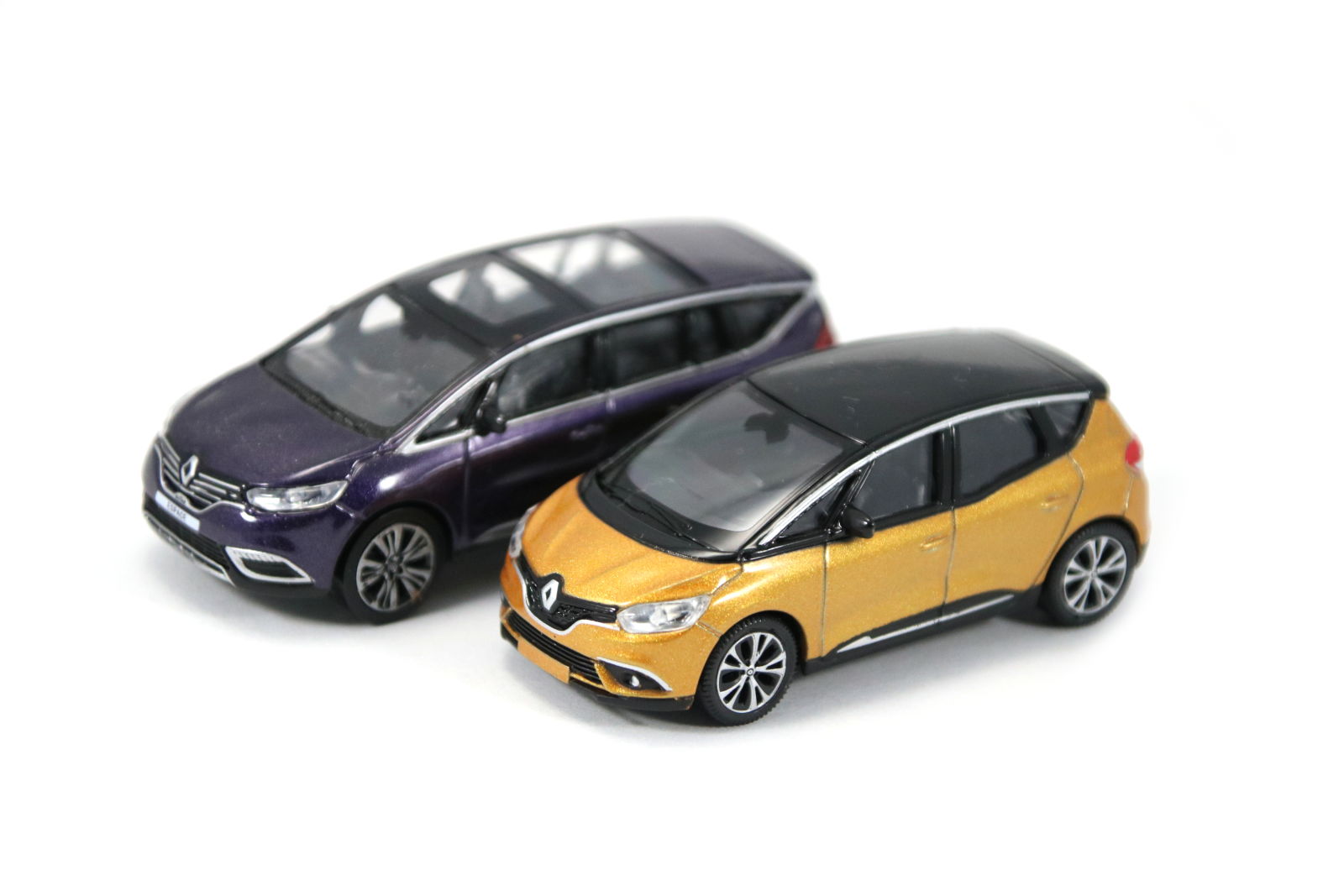Matra’s relationship with the French Big Three has always been one of political rife and strife, yet highlighted with many brilliant cars that resulted from subsequent partnerships with PSA and Renault. The Matra-Simca range produced masterpieces such as the Bagheera, Murena, and Rancho. However, Matra would go on to produce a car too radical even for PSA to support: the Mk I Espace.

Previewed by the famed “Dessin Orange”, a design sketch at Matra based on the venerable American Dodge Caravan, Matra cut its ties with PSA after the “Dessin Orange” was rejected and hedged their bets on a Renault alliance to provide the powertrain (excuse the awful pun). July 1984, the vaunted Espace is launched to an unsuspecting public. Nine are sold in the following thirty days, proving PSA’s suspicions to be true and casting a bleak shadow on the innovative fiberglass Matra. However, the next month, hundreds sell. In few months, the monospaces are flying off dealership lots by the thousands. What the Caravan had done in the U.S., the Espace managed in Europe.
1991, the next generation Espace is showcased—a heavy makeover of the original nearly-Talbot design. While the previous generation managed 190K units from ’84 to ‘90, this one moved 316K copies in the same timeframe. This generation’s popularity was helped by the addition of a range-topping V6 and automatic transmission, previewing the MPV’s eventual evolution into luxury people-mover rather than proletarian kid-hauler.
The next generation was the last generation of Matra-designed vehicles and, while it brought out an entirely modernized vision of the MPV for the new millennium, the star of the Matra-Renault show had to be the avant-garde Avantime. Meant to cater to parents whose children had moved out but were still accustomed to the ease of use and space of the minivan, the Avantime accomplished what no other MPV had done before: being a wholly impractical minivan.
With huge double-hinged doors and an extravagant open-air feature, the Avantime was meant to be a showcase of Renault-Matra ingenuity and a flagship for the brand, certainly not an everyday minivan for the masses. Even so, though, the Avantime saw disappointing sales and, as the ordinary Espace shot up in sales figures, both Matra and Renault saw it fit to move the Espace to an ordinary Renault manufacturing plant, thus shutting down Matra’s operations at Romorantin and effectively ending the history of the innovative little marque that had innovated, evolved, and revolutionized the industry for nearly half a century.
The next Espace, lacking Matra know-how and flair, subsequently was a little more ordinary and boring than any of the preceding MPVs although certain idiosyncrasies carried over from the Espace III such as the full cabin-width front gloveboxes and door-mounted climate controls. On the outside, though, the Espace resembled little more than a gargantuan Scenic, with less of the space-shuttle image of the previous generation. However, with this increased normalcy came massive popularity with the Espace essentially becoming the Honda Odyssey of Europe—essentially the new standard for minivans with new safety improvements and a wide range of specification levels from plebeian to opulent.
Then, in 2015, Renault decided to jettison the minivan heritage of the Espace in turning it into a seven-seat crossover with a rather strong familial relationship to the Nissan Murano. In its place is the Grand Scenic, a seven-seat Scenic meant to take over Renault’s minivan duties. While this probably seemed like a shrewd move given the increased popularity of SUVs, Renault seems to have made a mistake in taking the Espace so radically upmarket, now marketing it as a premium luxury vehicle where the image of the Espace had always been as a minivan for anyone, thus positioning it almost in a similar bracket as the old Avantime. Sales reflect this as they have yet to break into the six figures even after three years where previous generations had managed this within two years of release.
The Scenic, however, has evolved from its once revolutionary role as the first five-seater MPV to the successor of the once-revolutionary Espace, thus marrying the mini-MPV to the full-size MPV once and for all.

The future of the Espace nameplate seems uncertain as the current semi-SUV version continues to flounder on the marketplace, but the existence of the French minivan is a guarantee as long as Renault continues to exist and Europeans continue to prize the once radical combination of decent fuel economy, incredible hauling capacity, unprecedented safety, and boundless people carrying ability, all combined with the occasional scoop of French oddity.
Thanks for looking, and Vive la Espace!